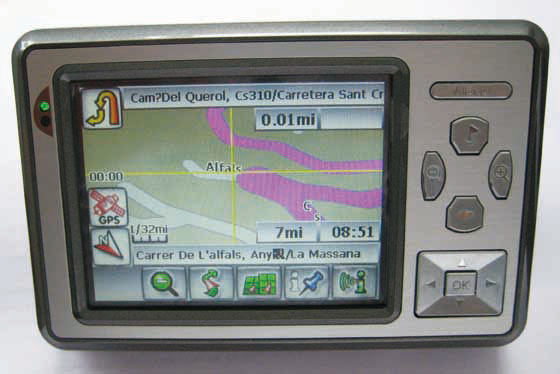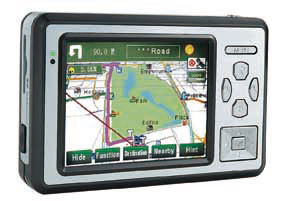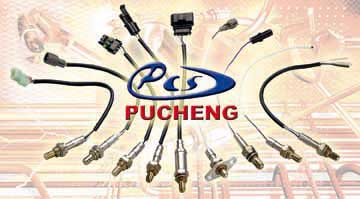Present and Future of the Chinese Automotive Electronics Sector
2008/01/30 | By CENSStatus of the Chinese Automobile Electronics Industry
Along with the robust development of the Chinese auto industry, the Chinese automotive electronics industry has been growing by leaps and bounds in recent years, with its output value topping US$11.5 billion in 2006, which is expected to exceed US$12.5 billion in 2007 and US$26 billion by 2011.
Auto Stereo and GPS Are Mainstays
In-car electronic products take up the largest proportion of the output from the Chinese automotive electronics industry to total some 40%, followed by chassis control/security system products at 29.2%, and power controls at 28.5%. Two mainstay automotive electronics products are auto stereo equipment and in-car GPS (global positioning system), boasting outputs of 11 million and 5 million sets in 2006, respectively.

Chassis Control Systems
Chassis control systems developed in China have been rapidly undergoing diversification, with upgraded levels of sophistication and intelligent-content in recent years. These, as well as basic ABS (anti-lock brake system), and increasingly more chassis security and stabilizing systems are being installed in domestically produced cars. The penetration rate of ABS+EDB among Chinese-made sedans, for example, has already topped 80% in 2006 and that for airbags exceeded 80%, with various chassis-control products also becoming increasingly common in China-made cars.
Ample Room for Development
Currently, China-made midrange sedans typically feature only 6-7 electronic systems, dwarfed by over 50 in high-end foreign counterparts, proving the existence of plentiful room to further develop auto electronics products in the domestic market. The general belief is that, due to rising living standards that usually are followed by greater demand for driving comfort, car owners will ask for increasingly more auto-electronic products as standard or optional equipment in the coming years. The result is that the demand for auto-electronic chips is expected to grow at an annual rate of 25% in the next three years.

Status Quo
Following years of development, four major auto-electronics industrial clusters have emerged in China: the Yangtze-River Delta centering on Shanghai, the Pearl-River Delta centering on Guangzhou and Shenzhen, the Bohai coastal industrial cluster centering on Beijing and Tianjin, and the northeastern China industrial cluster centering on Dalian and Shenyang.
Yangtze River Delta Industrial Cluster
The group of microelectronics plants surrounding Shanghai, Wuxi, and Suzhou have formed into an industrial value chain featuring division of labor, economy of scale, and innovative teamwork, with the Shanghai cluster leading the industrial chain to attract key technologies, talent, and capital.
Pearl-River Industrial Cluster
Many home-appliances and IT (information technology) enterprises in the neighborhood of Guangzhou and Shenzhen have stepped into auto electronics, now turning out a wide range of in-car electronics products, mostly of lower added value, such as LCD TV, auto stereo, auto DVD, auto air conditioners, car-door lock system, anti-burglar system, and automatic window control.

Bohai Coastal Industrial Cluster
The auto electronics industrial cluster in the Bohai coastal area has emerged to meet the demands of automakers in the neighborhoods of Beijing and Tianjin, which boast factories, joint ventures, and R&D centers backed by major international players as Continental AG and Freescale Semiconductor.
Northeastern Industrial Cluster
The industrial cluster that has formed in the neighborhoods of Dalian, Shenyang, and Changchun are turning out two mainstay items: auto controls and in-car electronics products. Changchun now boasts over 30 auto electronics firms and auto electronics has been designated for priority development in Heilongjiang province.
Thanks to expanding domestic market demand, maturing technologies, and growing foreign investments, the Chinese auto electronics industry will continue developing at vigorous pace in the coming years, with its product line expected to expand from in-car electronics to auto-body electronics and finally power and chassis-control products.




